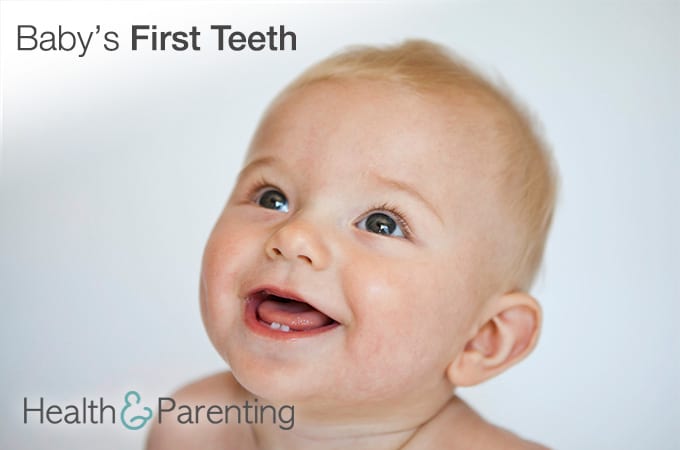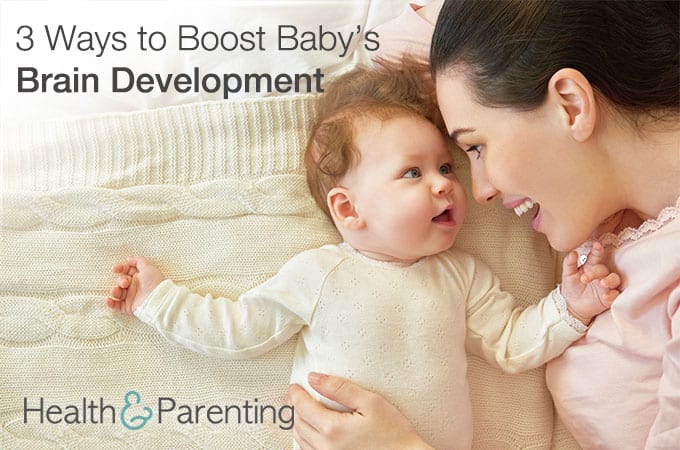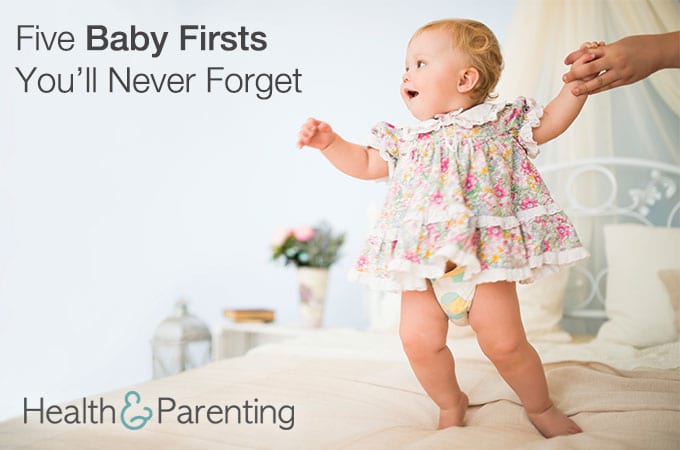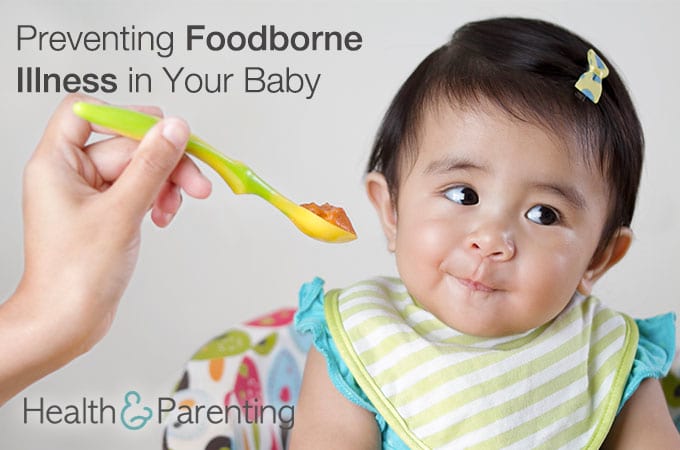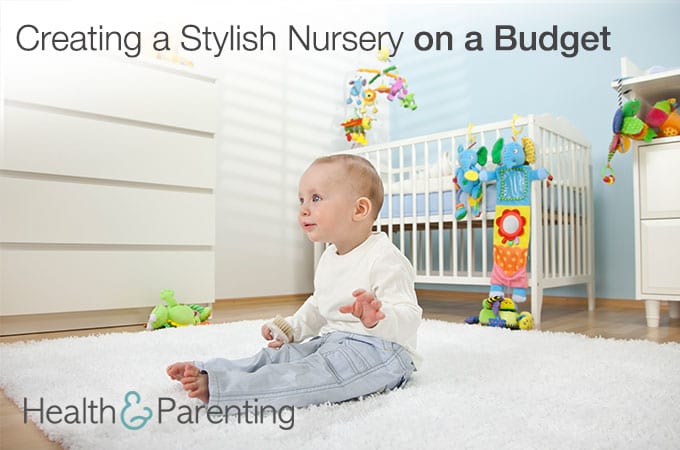Whether you visit the pediatrician’s office for a routine appointment or because of a specific health concern, you’ll want to get the most out of your visit. You may not see your child’s pediatrician very often, so make sure you use your appointment wisely. Here are five top tips to help you get the most out of your visit to the pediatrician’s office:
- Be prepared
You simply won’t get as much out of the appointment if you’re not prepared. You probably have all kinds of questions you want to ask, but you’re likely to forget during the appointment unless you take written notes. It may sound a bit over the top, but your pediatrician will be relieved to see you taking the appointment seriously. List all of your concerns and start with the most pressing question. Remember, doctor’s appointments are only short so you may not get through everything on your list. If you don’t take a list of questions, you’re likely to forget on the day and end up feeling frustrated later.
- Give background
A big part of your pediatrician’s job is listening. She needs to listen to and address your concerns as well as listening to the information you give her about your child. She needs to know as much as possible. She needs to know about family health problems as well as your child’s diet and lifestyle. Don’t be afraid of overloading the pediatrician with information, she’s used to filtering through for the bits she really needs to know. Make sure you answer her questions with as detailed answers as possible and make sure you are giving her the full picture.
- Ask questions
Your pediatrician spent years studying at medical school, you probably didn’t, so nobody’s expecting you to know all the same things. If the pediatrician uses medical jargon you don’t understand or refers to health problems you’ve never heard of, don’t be afraid to ask for clarification. Your pediatrician wants you to understand exactly what she’s telling you, so double check that you’ve understood it all before leaving. Don’t be afraid to ask for more information if you think the pediatrician is skipping things, your pediatrician may even print off some written info for you to take home.
- Focus
A trip to the pediatrician’s office isn’t likely to be a particularly calming experience. If your child is poorly, you’re both likely to be short on sleep and grumpy, so it’s not going to be a walk in the park. Your pediatrician needs your full attention, however, and she can’t do her job properly without it. She needs to make sure you’re giving her all the background information and that you’re taking in what she’s telling you. If you have other children, it might be worth leaving them with a sitter or at least taking something in to distract them so you can concentrate during the appointment.
- Be forceful
Sometimes, moms just know something is wrong with their child, even when the doctor’s diagnosis doesn’t back it up. Remember, you know your child better than anybody and if you think something is up, it might well be. If you have a gut feeling that something isn’t right, don’t be afraid to push this with your doctor. Sometimes, a mother’s worry can be just the nudge a pediatrician needs to order that extra test or investigate further.
Do you have any top tips to share for getting the most out of your pediatrician’s appointment?
Written by Fiona (@Fiona_Peacock), mother, writer and lover of all things baby related.
This information is not intended to replace the advice of a trained medical doctor. Health & Parenting Ltd disclaims any liability for the decisions you make based on this information, which is provided to you on a general information basis only and not as a substitute for personalized medical advice. All contents copyright © Health & Parenting Ltd 2016. All rights reserved.


